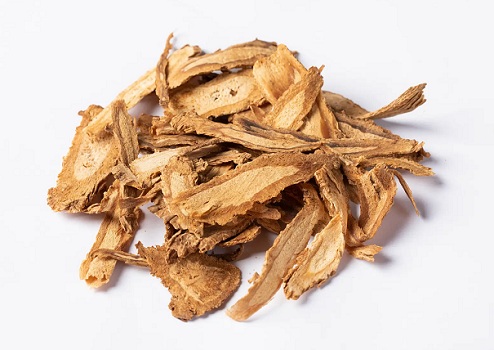SunSirs: Angelica and Codonopsis Pilosula Market Reached a New High
June 08 2023 11:09:54 SunSirs (Selena)
According to the monitoring of the Commodity Market Analysis System of SunSirs, the popularity of Codonopsis pilosula and Angelica production areas is still strong this month, and the market is constantly rising. Currently, the unified price of Angelica production areas is between 130-140 RMB/kg, an increase of 13.45% compared to the beginning of the month; The price of Codonopsis pilosula unified goods is between 120-130 RMB/kg, an increase of 3.60% compared to the beginning of the month. With the rise of multiple varieties, Huangqi merchants have been paying high attention recently, with smooth supply and sales, and the market has risen slightly. Currently, the unified price of Huangqi is between 22 to 25 RMB/kg, an increase of 0.88% compared to the beginning of the month.
Angelica and Codonopsis pilosula are commonly used bulk Chinese medicinal herbs in households, with a growth period of 2-3 years. They are nurtured and transplanted once a year, and harvested from late October to early November each year. They can be harvested when the plants wither and turn yellow. Angelica and Codonopsis pilosula prefer damp slopes, and drought is the main cause of reduced yield.
Due to abundant rainfall this spring, the seedlings of Codonopsis pilosula are growing well. According to statistics, Longxi County, Weiyuan County, Lintao County, Zhangxian County and Minxian County, the old production areas of Codonopsis pilosula, suffered from serious seedling death last year, resulting in a large reduction in production. Most farmers have no profits, and even some farmers have lost money by farming. This year, their planting enthusiasm is not high, and farmers have reported a weight loss of about 50% this year. The new production area of Codonopsis pilosula is constrained by the high cost this year and the insufficient seedlings. Farmers in the new production area report that the overall expansion area is 10% more than last year.
With the continuous purchase of ginseng by merchants, the inventory of ginseng has further decreased, and this year it has been reduced. With high popularity and a large influx of funds, the overall environment for traditional Chinese medicine is good. Business analysis suggests that the price of ginseng may still continue to rise in the short term.
Accompanied by the historical high temperature in the summer of 2022, the prices of two major northwest products, Codonopsis pilosula and Angelica, have been rising again and again, but the market for Huangqi has remained basically stable. Compared to Angelica and Codonopsis pilosula, Astragalus membranaceus cultivation has a higher degree of mechanization, a wider planting area, and varieties that are cold and drought resistant are less affected by climate. The demand side and supply side are relatively balanced in the long term. At present, due to the low price of Astragalus, it has attracted the attention of many businesses, and the market is heating up in the short term, with prices rising slightly. SunSirs analysis suggests that the price increase of Astragalus membranaceus is not favorable enough, making it difficult to continue rising in the future.
If you have any questions, please feel free to contact SunSirs with support@sunsirs.com.
- 2024-03-11 SunSirs: China Codonopsis Pilosula has Continued to be Stable in the Near Future
- 2024-03-11 SunSirs: China Angelica Market has Continued to be Stable in the Near Future
- 2023-11-17 SunSirs: Minxian County Market: Strong Transaction Price of Party Codonopsis pilosula
- 2023-11-17 SunSirs: Minxian County Market: There are not Many Trading Sources of Angelica
- 2023-11-16 SunSirs: The Overall Trading of China Codonopsis Pilosula has Slowed Down, and the Transaction Price is Firm



